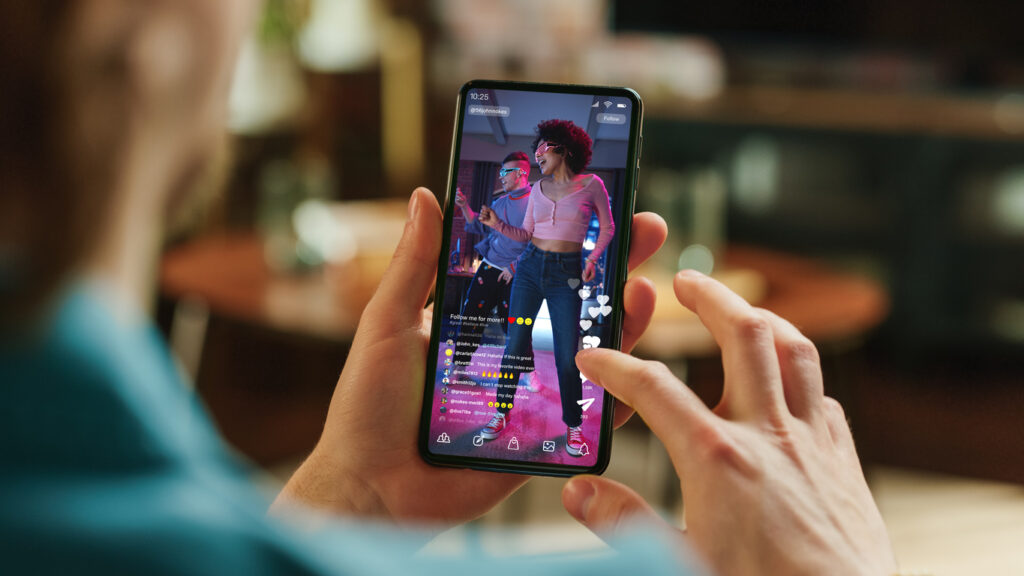How behavioural science is everywhere in marketing
If something stands out from the norm then your target audience will remember it.
Behavioural science is the study of how people and animals behave. It’s heavily used in marketing, and once you notice it, you’ll see it everywhere.
How does behavioural science affect marketing?
Behavioural science heavily influences content marketing. Whether you realise it or not, almost every ad or product is designed to make you want it, or make you want to talk about it (assuming you’re within the target audience, but we’ll get to that later).
Examples of behavioural science in marketing
There are many tricks and tactics used by content marketers that come from behavioural science. Some are so intuitive that you may not even realise you’re using them or being influenced by them:
Rhyming
Believe it or not, when a brand has a rhyming strapline, call to action, email subject line (and anything else you can think of) this has a provable positive effect. Behavioural scientists discovered that consumers find rhyming phrases more credible and believable. Rhyming phrases are easier for your brain to process than non-rhyming phrases, which creates a sense of ‘rightness’ – a feeling that is then tied directly to the brand.
This can be seen in Pringles’ (now retired) ‘Once you pop, the fun don’t stop’ or a generic call to action like ‘don’t delay, buy today’.
Isolation
The ‘isolation effect’, or Von Restorff effect, is a proven theory that something different (in isolation) is more likely to be remembered. For example, if you lined up eight different chocolate bars and one apple, people are much more likely to remember the apple than they are all the chocolate bars. In terms of content this can be as simple as adding an emoji to your email subject line or capitalising one word in your strapline – if something stands out from the norm then potential consumers will remember it.
Herding
Also known as social proof, the herding concept is about how people tend to make decisions based on what others are doing. Even something as simple as displaying your Trustpilot rating can influence consumers into buying your product or service – if they have proof that other people have vouched for your product or service then they’re more likely to buy it. Its why customer testimonials are so powerful.
FOMO
Capitalising on the consumers’ fear of missing out is an almost guaranteed way to get them to purchase your product or service. Saying a product or service is only available for a limited time, there’s only X amount left in stock, or that X percentage of users are currently looking at a specific product or service will encourage consumers to make a purchase.
Of course, you have to be honest when creating scarcity. Manufacturing false or artificial scarcity is illegal as it is a form of misleading consumers.
In 2019, several third-party hotel booking websites came under fire for creating false scarcity when advertising rooms. Creating false scarcity can panic customers into buying before they fully understand what it is they’re buying especially when there could be hidden fees or terms and conditions they aren’t aware of.
Who’s your target audience?
Knowing all the behavioural science tricks is great, but it’s not particularly helpful if you’re not sure who your target audience is.
In the past, target audiences have been separated into traditional demographics – age, gender, social class etc; these were the easiest demographics to use as absolutely everyone falls into at least one of the categories. However, it’s no longer effective to target people using just these demographics. Changing life stages and attitudes mean that these demographics do not always experience things the same way, if they ever did in the first place.
How The Power of Curiosity™ can help with this
People are no longer following the marriage-kids-retirement route, so why should we try to target them this way? At Sticky, we believe demographics should be formed based on how people think, feel, and behave rather than on what they are. Enter our Curious Consumer Cohorts™.
Using research by neuroscientists and psychologists, we’ve developed five Curiosity Types we now use instead of traditional demographics.
By shifting focus towards attitudinal targeting rather than demographic targeting, we can reach a larger number of people, and with much greater accuracy.
To find out more about the Curious Consumer Cohorts™ and how curiosity and behavioural science can influence marketing, download our report.
Find out your Curiosity Type.
Want to see how Sticky can help your brand connect with today’s Curious Consumer Cohorts™? Get a free 30-minute session with our in-house strategy team.

Chynna Jones
Midweight Editor



